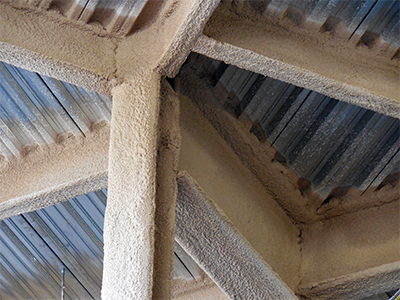In the realm of materials science and engineering, the quest for effective thermal insulation at very high temperatures is a critical challenge. Industries ranging from aerospace to metallurgy require materials that can withstand extreme thermal conditions without compromising structural integrity or performance. This article delves into the characteristics of good insulators for very high temperatures, exploring various materials and their applications, while also considering the latest advancements in thermal insulation technology.
Understanding Thermal Insulation
Thermal insulation is the ability of a material to resist the transfer of heat. In high-temperature environments, this property becomes paramount, as inadequate insulation can lead to energy loss, equipment failure, and safety hazards. The effectiveness of an insulator is often quantified by its thermal conductivity, with lower values indicating better insulating properties. For very high-temperature applications, materials must not only exhibit low thermal conductivity but also possess stability, durability, and resistance to thermal shock.
Key Characteristics of High-Temperature Insulators
- Thermal Stability: The ability to maintain performance under extreme temperatures is crucial. Materials must resist degradation, melting, or chemical changes when exposed to high heat.
- Low Thermal Conductivity: Effective insulators typically have thermal conductivities below 0.1 W/m·K. This property minimizes heat transfer, ensuring that systems remain efficient and safe.
- Mechanical Strength: High-temperature insulators must retain their mechanical properties under stress. This includes resistance to deformation and fracture, especially in environments where thermal cycling occurs.
- Chemical Resistance: Many high-temperature applications involve corrosive environments. Insulators must withstand oxidation and other chemical reactions that could compromise their integrity.
- Weight Considerations: In industries such as aerospace, the weight of materials is a critical factor. Lightweight insulators can enhance performance without adding unnecessary mass.
Leading Materials for High-Temperature Insulation
- Ceramic Fibers
Ceramic fibers, such as aluminosilicate and zirconia fibers, are among the most widely used high-temperature insulators. They can withstand temperatures exceeding 1,600°C (2,912°F) and offer excellent thermal stability and low thermal conductivity. Their lightweight nature and resistance to chemical attack make them ideal for applications in furnaces, kilns, and aerospace components.
- Refractory Bricks
Refractory bricks are engineered to endure extreme temperatures and are commonly used in industrial furnaces and reactors. Made from materials like alumina, silica, and magnesia, these bricks can withstand temperatures up to 1,800°C (3,272°F). Their durability and mechanical strength make them suitable for high-stress environments.
- Aerogels
Aerogels are among the lightest solid materials known, with thermal conductivities as low as 0.013 W/m·K. Silica aerogels, in particular, are effective insulators at high temperatures, capable of withstanding up to 1,200°C (2,192°F). Their unique structure provides exceptional insulation while minimizing weight, making them ideal for applications in space exploration and advanced engineering.
- Insulating Firebricks (IFBs)
Insulating firebricks are specifically designed for thermal insulation in high-temperature applications. They typically have lower density and thermal conductivity compared to traditional refractory bricks, making them suitable for use in kilns and furnaces where heat retention is crucial.
- Mineral Wool
Mineral wool, including rock wool and slag wool, is another effective insulator for high-temperature applications. It can withstand temperatures up to 1,000°C (1,832°F) and is commonly used in industrial insulation, HVAC systems, and fireproofing applications. Its fibrous structure provides excellent thermal resistance and sound insulation properties.
Emerging Technologies in High-Temperature Insulation
Recent advancements in materials science have led to the development of innovative insulation solutions. For instance, the incorporation of nanotechnology into traditional insulating materials has shown promise in enhancing thermal resistance while reducing weight. Additionally, the exploration of phase change materials (PCMs) offers potential for dynamic thermal management, allowing for the absorption and release of heat as needed.
Conclusion
Selecting the right insulator for very high temperatures is a complex decision that hinges on a variety of factors, including thermal stability, mechanical strength, and chemical resistance. Materials such as ceramic fibers, refractory bricks, aerogels, insulating firebricks, and mineral wool each offer unique advantages tailored to specific applications. As industries continue to push the boundaries of temperature and performance, ongoing research and innovation in thermal insulation materials will be essential in meeting the demands of the future. Understanding these materials not only enhances operational efficiency but also contributes to safety and sustainability in high-temperature environments.


